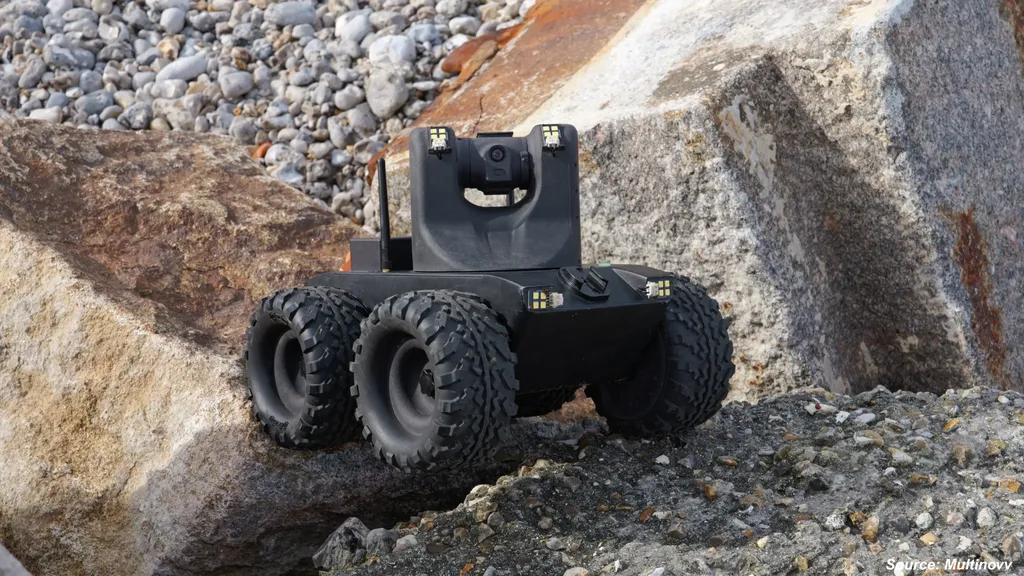A team of researchers from the University of Minnesota, including Zhaoyuan Yang, Yewteck Tan, Shiraj Sen, Johan Reimann, John Karigiannis, Mohammed Yousefhussien, and Nurali Virani, has developed a novel approach to improve the performance of off-road autonomous unmanned ground vehicles (UGVs) in diverse and challenging environments. Their work focuses on enhancing the perception models that enable these vehicles to navigate complex terrains, adapt to varying conditions, and support military and commercial operations in remote locations.
The researchers identified a critical gap in current perception models for off-road UGVs: the lack of diversity in training datasets. Existing datasets often fail to capture the full range of environmental variability, including different seasons, locations, semantic classes, and times of day. This limitation can lead to poor generalization when models are deployed in new or unseen environments, a phenomenon known as input distribution drift. To address this challenge, the team investigated how to combine multiple datasets to train a more robust semantic segmentation-based environment perception model.
A key innovation in their approach is the integration of uncertainty quantification into the perception model. By training the model to capture uncertainty, the researchers demonstrated a significant improvement in performance. They extended the Masksembles approach, originally developed for uncertainty quantification in other tasks, to the semantic segmentation task. This method was compared with Monte Carlo Dropout and standard baselines, revealing that uncertainty-aware models are better equipped to handle the variability inherent in off-road environments.
The team also tested their approach against data collected from a UGV platform in a new testing environment. The results showed that the developed perception model with uncertainty quantification can be feasibly deployed on a UGV to support online perception and navigation tasks. This advancement is particularly valuable for military applications, where UGVs are often required to operate in contested environments and deliver crucial supplies, conduct surveillance, and assist war-fighters.
The practical implications of this research are substantial. By improving the robustness and adaptability of perception models, the researchers have taken a significant step toward enhancing the reliability and effectiveness of off-road UGVs. This work not only supports the development of more capable autonomous systems but also underscores the importance of diverse and representative training datasets in the field of autonomous navigation.
As the defence and security sectors continue to explore the potential of autonomous technologies, the insights gained from this research will be instrumental in shaping the future of UGV deployment. The ability to navigate and operate in diverse and unpredictable environments is a critical capability for military and commercial applications alike, and the uncertainty-aware perception models developed by this team represent a significant advancement in this domain. Read the original research paper here.

